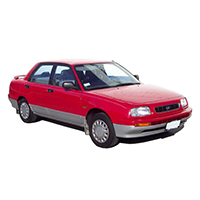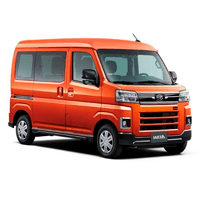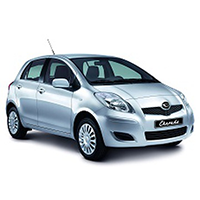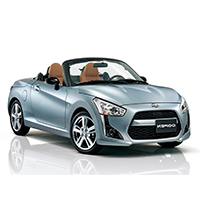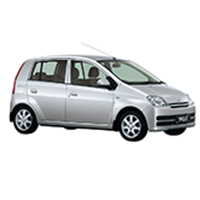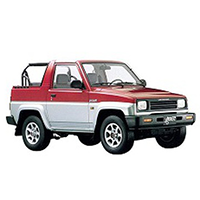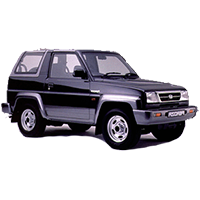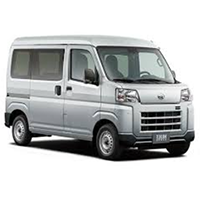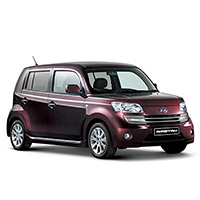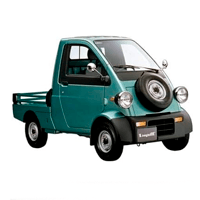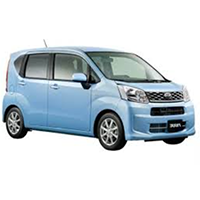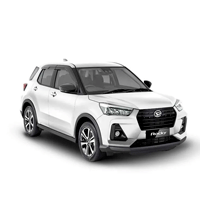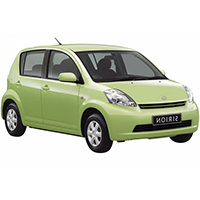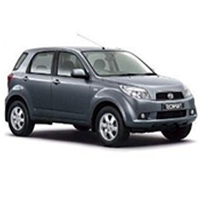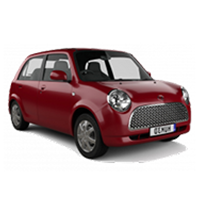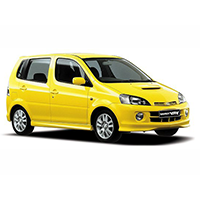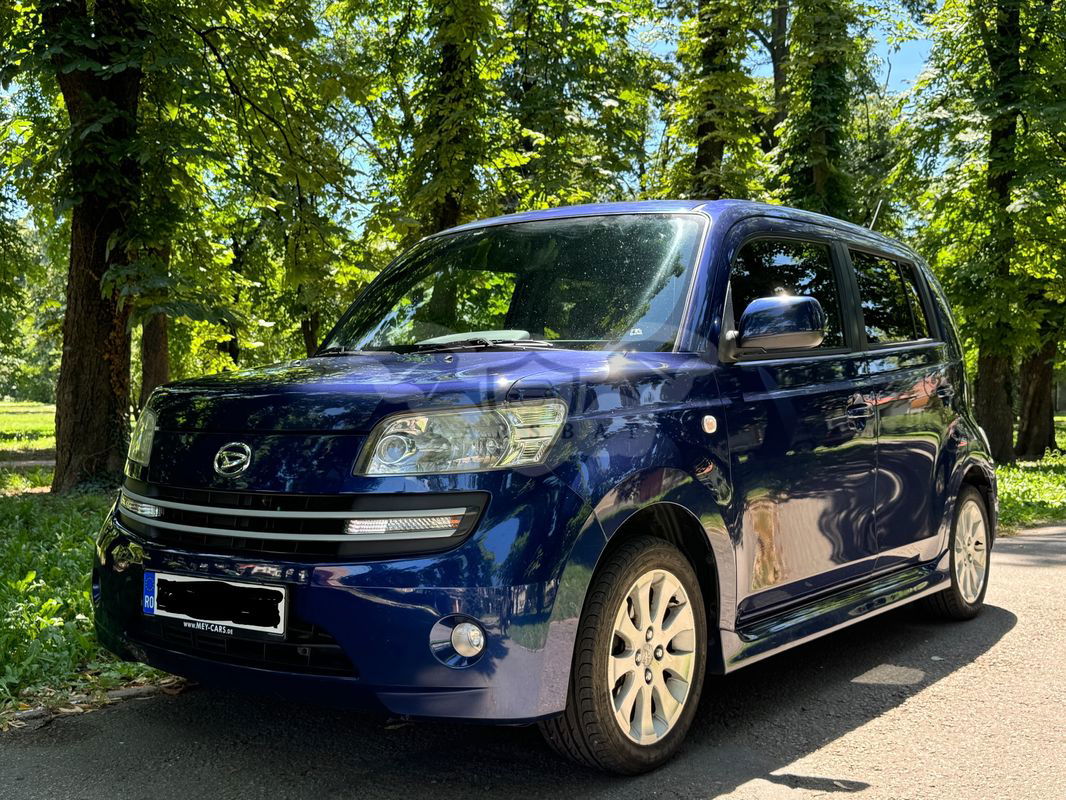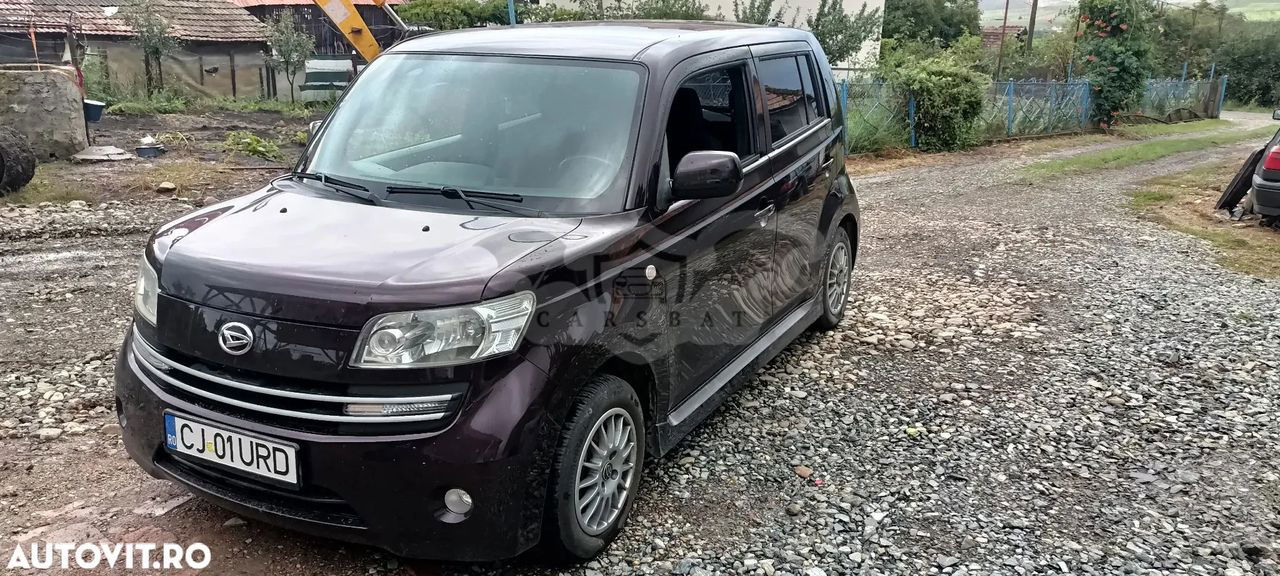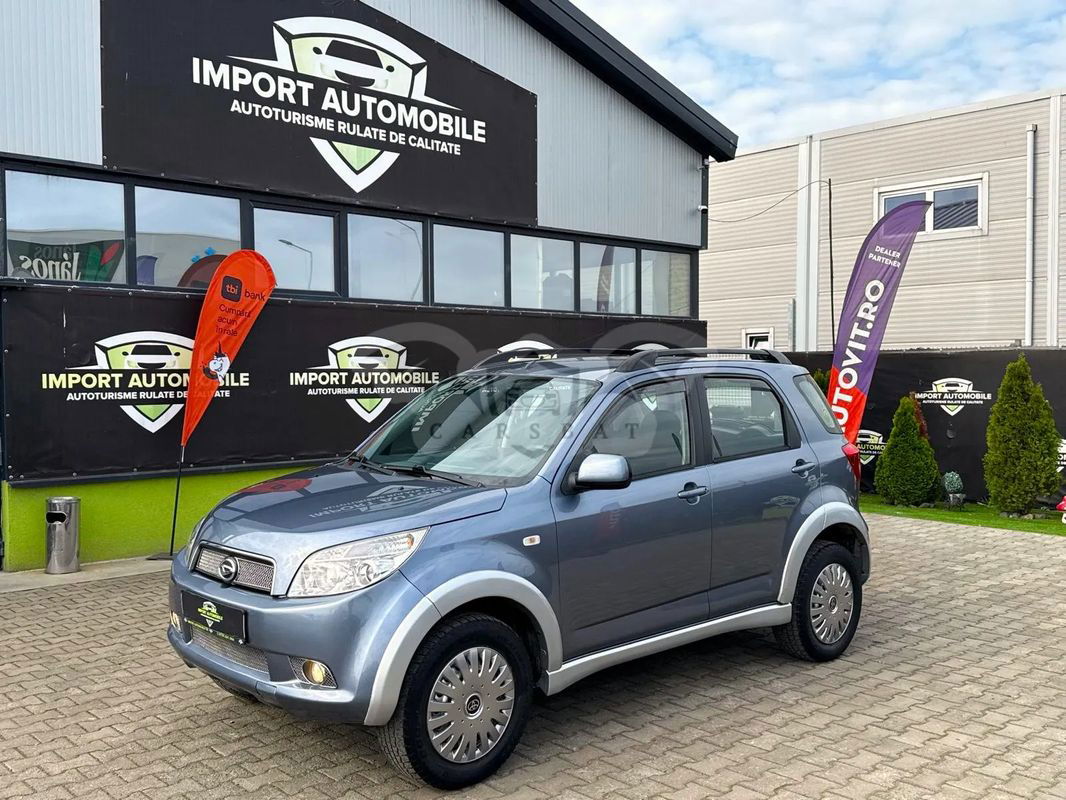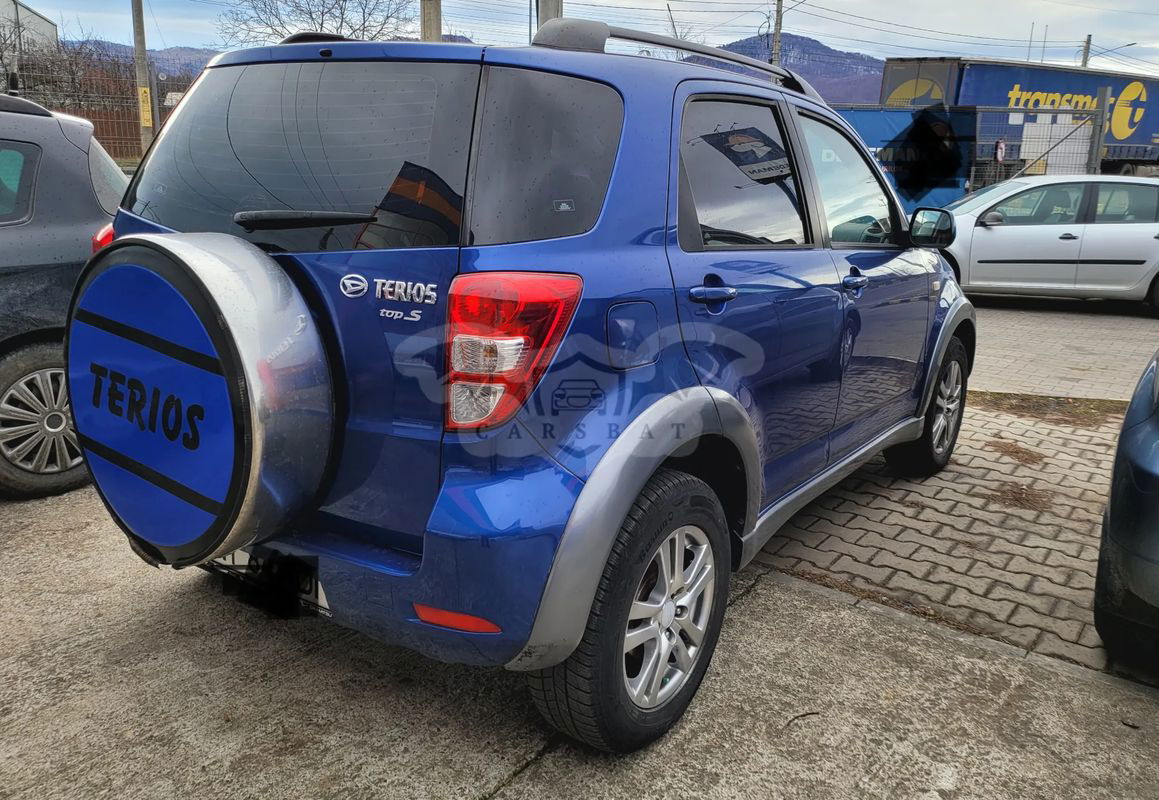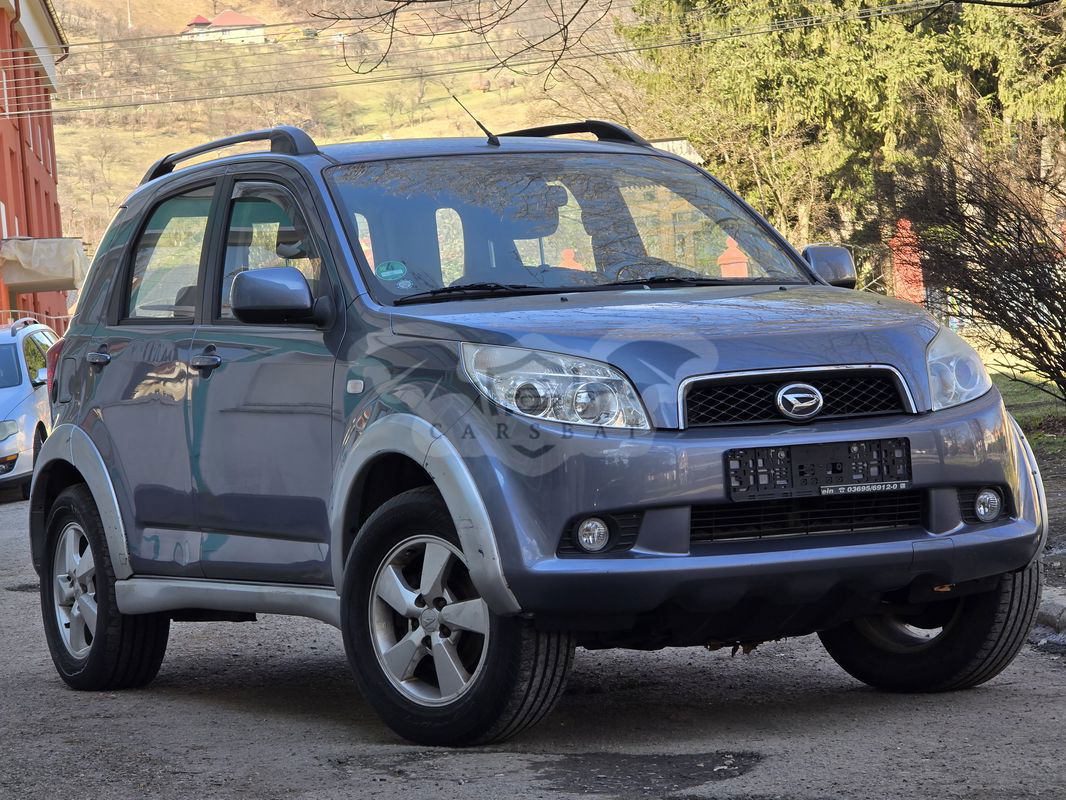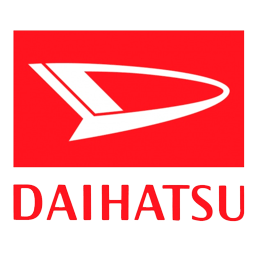
Catalog / Daihatsu
Daihatsu: Pioneering Compact and Efficient Vehicles for Global Markets
Daihatsu Motor Co., Ltd., a Japanese automaker known for its compact cars and off-road vehicles, has a rich history dating back to 1907. Originally established as an engine manufacturer, Daihatsu has evolved into a significant player in the global automotive industry, particularly in the realm of small, efficient vehicles.
The company's journey began when it was founded as Hatsudoki Seizo Co., Ltd., focusing on the production of internal combustion engines. Over the decades, it transitioned into automobile manufacturing, becoming a pioneer in compact and kei car segments.
Key milestones in Daihatsu's history include:
- 1907: Founding of Hatsudoki Seizo Co., Ltd. in Osaka, Japan
- 1951: Company name changed to Daihatsu Motor Co., Ltd.
- 1957: Launch of the Midget, a three-wheeled cargo vehicle
- 1958: Introduction of the Daihatsu Hijet, a pioneering kei truck
- 1967: Release of the Daihatsu Compagno, the company's first four-wheeled car
- 1974: Launch of the Daihatsu Charmant, based on the Toyota Corolla
- 1980: Introduction of the Daihatsu Cuore, a key player in the European market
- 1989: Launch of the Daihatsu Move, revolutionizing the kei car segment
- 1998: Toyota becomes the majority shareholder in Daihatsu
- 2003: Introduction of the Daihatsu Copen, a compact convertible sports car
- 2011: Withdrawal from the European market due to currency exchange challenges
- 2016: Daihatsu becomes a wholly-owned subsidiary of Toyota Motor Corporation
Throughout its history, Daihatsu has been at the forefront of compact car technology. The company's innovations have significantly influenced the automotive industry, particularly in the areas of fuel efficiency and space utilization. Some of Daihatsu's most notable contributions include:
- Pioneering kei cars: Daihatsu has been a leader in Japan's kei car segment, which includes vehicles with specific size and engine displacement limits
- Efficient engine technology: The company has developed a series of small, fuel-efficient engines
- Compact off-road vehicles: Models like the Daihatsu Rocky and Terios have shown that small vehicles can be capable off-roaders
- Safety in small cars: Daihatsu has worked to improve safety standards in compact vehicles
- Hybrid technology: In collaboration with Toyota, Daihatsu has introduced hybrid powertrains to its compact car lineup
Daihatsu's product range has traditionally covered a wide spectrum of compact vehicles, including:
- Kei cars: Such as the Move and Tanto, which are immensely popular in Japan
- Compact hatchbacks: Like the Sirion (also known as Boon or Charade in some markets)
- Mini SUVs: Including the Terios and Rocky
- Compact MPVs: Such as the Gran Max, popular in Southeast Asian markets
- Quirky specialty vehicles: Like the Copen convertible sports car
While Daihatsu officially withdrew from the European market in 2013, its legacy continues through its influence on Toyota's compact car designs and its strong presence in Asian and other global markets. In Japan and Southeast Asia, Daihatsu remains a key player in the compact and kei car segments.
Under Toyota's full ownership, Daihatsu has further strengthened its position as a compact car specialist. The company continues to focus on developing vehicles that are well-suited to urban environments and emerging markets, where demand for affordable, efficient, and compact mobility solutions is high.
As the automotive industry moves towards electrification and increased urbanization, Daihatsu's expertise in small, efficient vehicles positions it well for the future. The company has been exploring electric and hybrid technologies, aiming to combine its traditional strengths in compact car design with cutting-edge powertrains.
From its beginnings as an engine manufacturer to its current status as a global compact car specialist, Daihatsu's story is one of innovation and adaptation. While its direct presence in some global markets has decreased, its influence on the design and engineering of small cars continues to be felt worldwide, ensuring its ongoing relevance in the ever-evolving landscape of the automotive industry.

